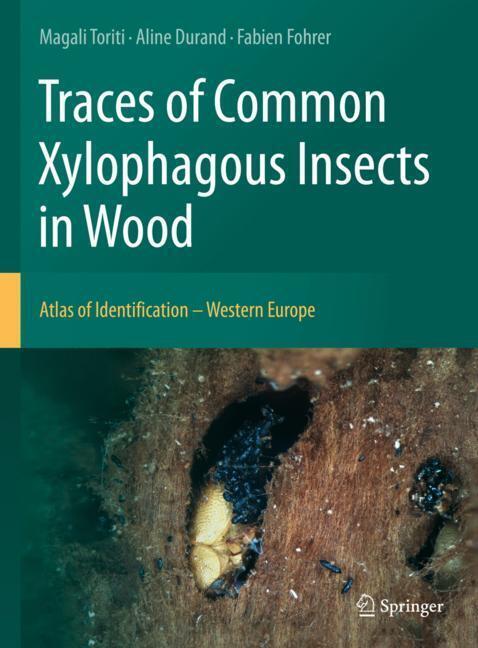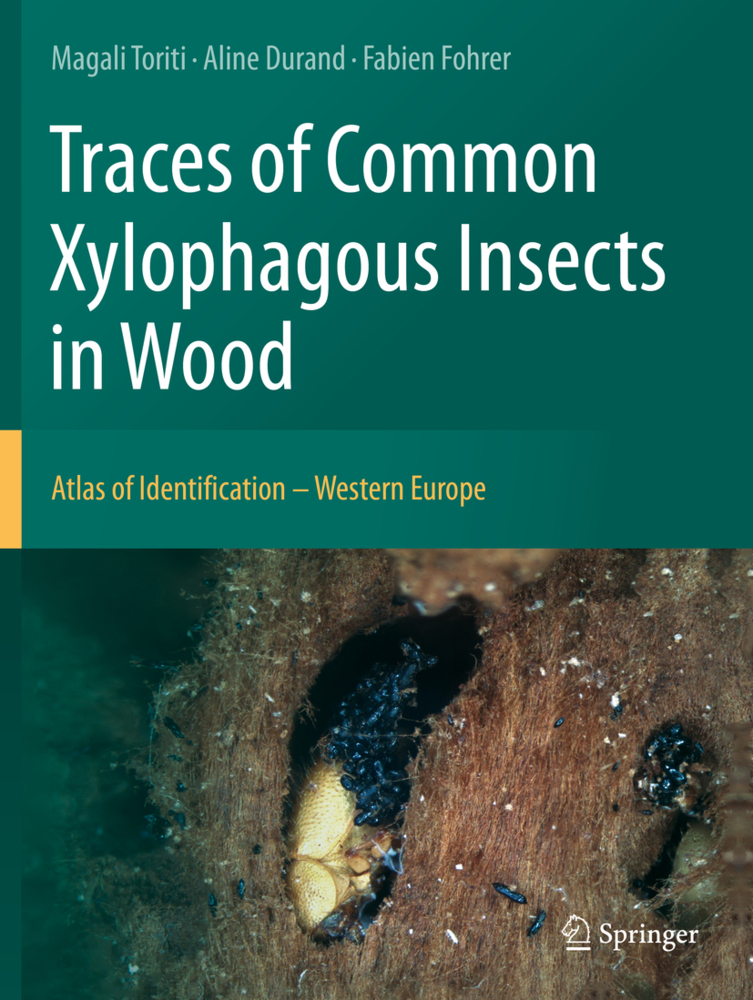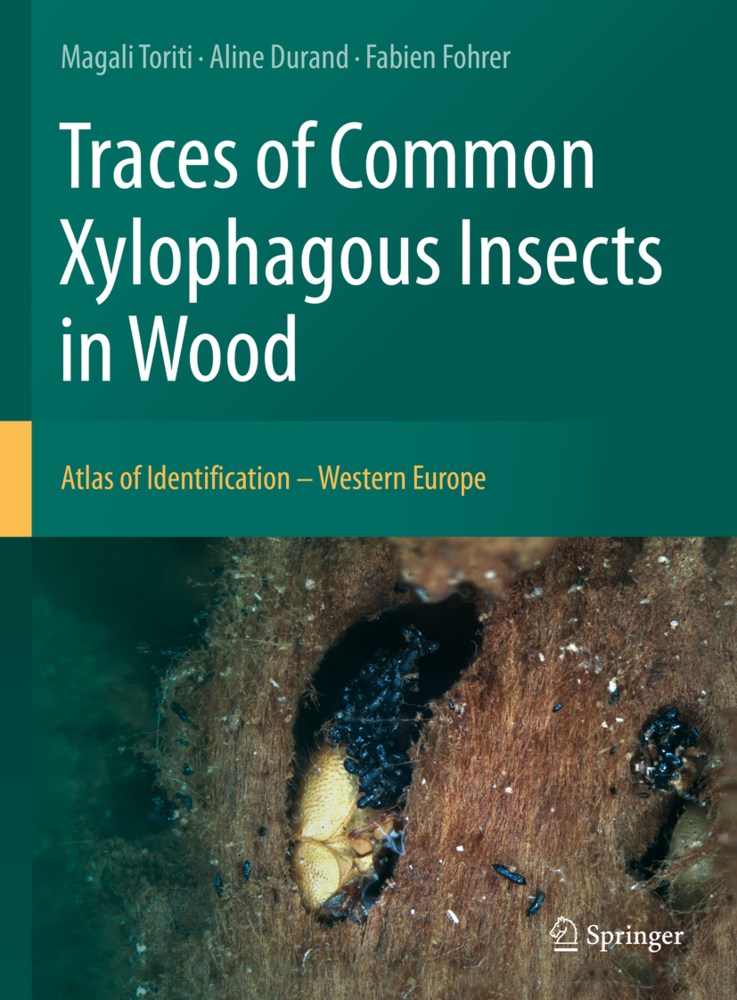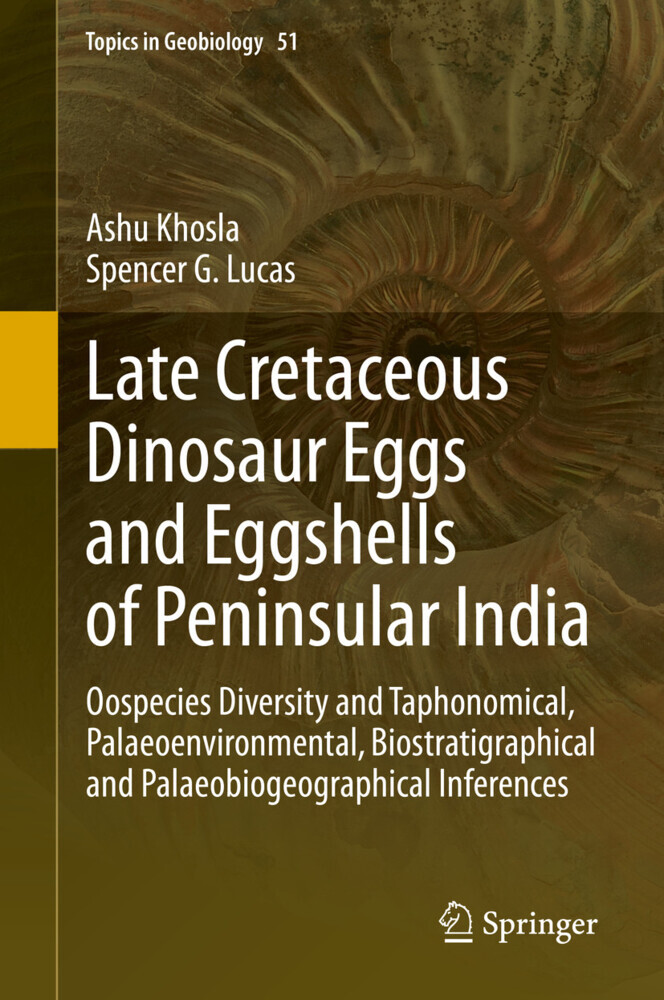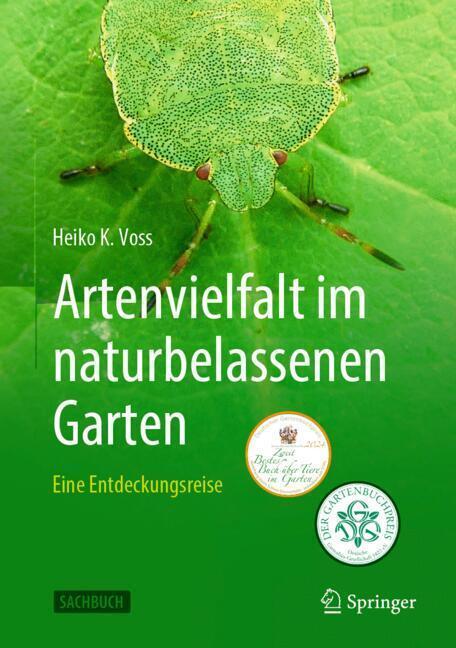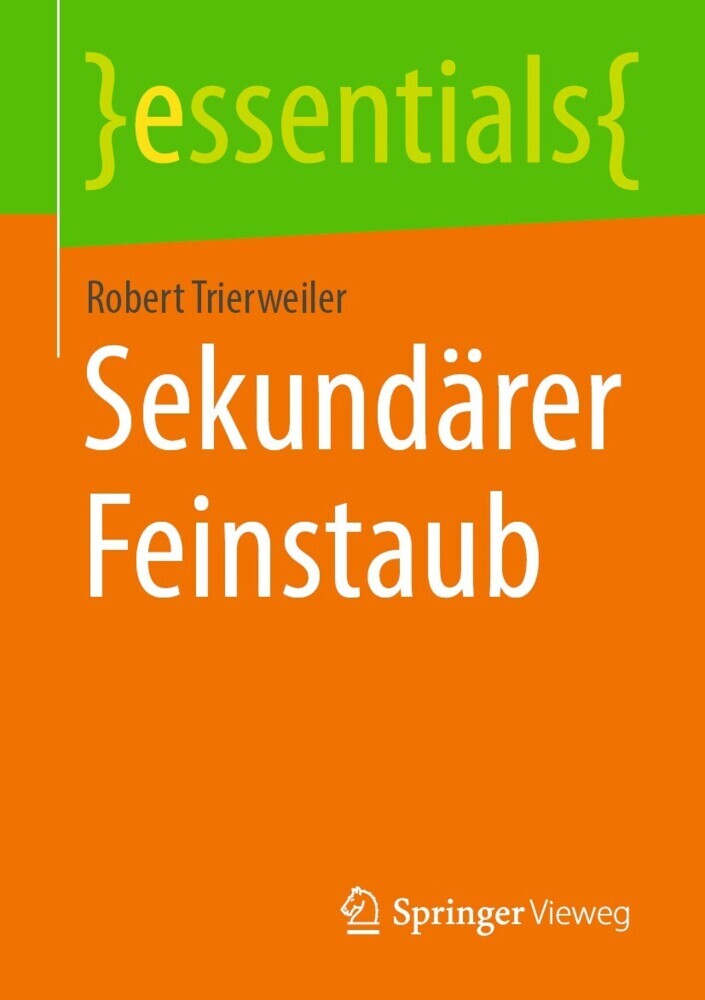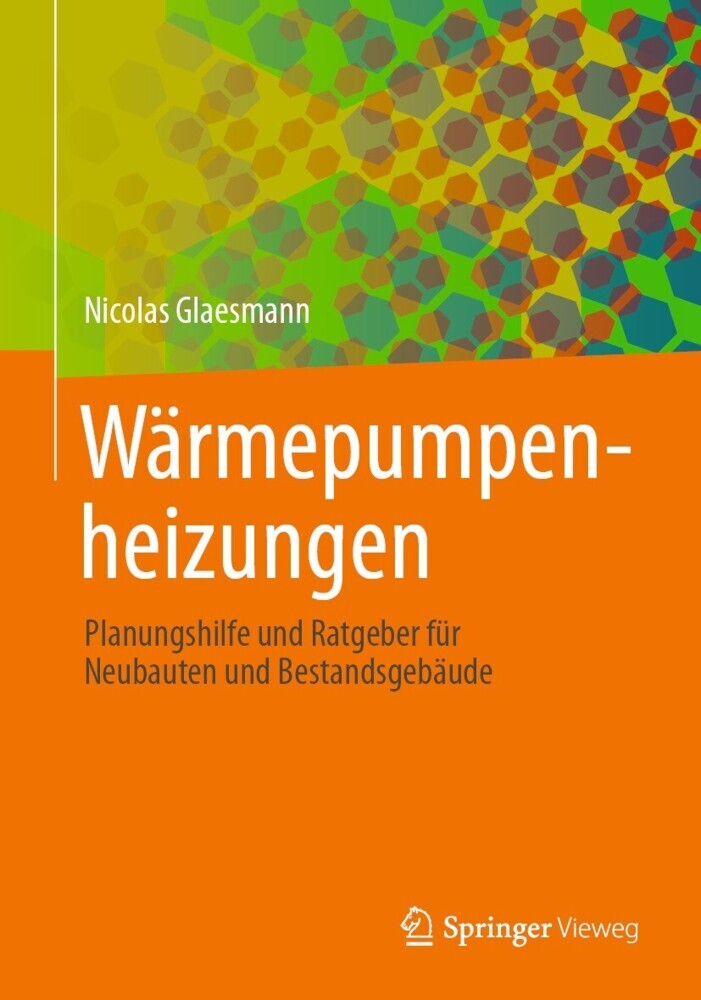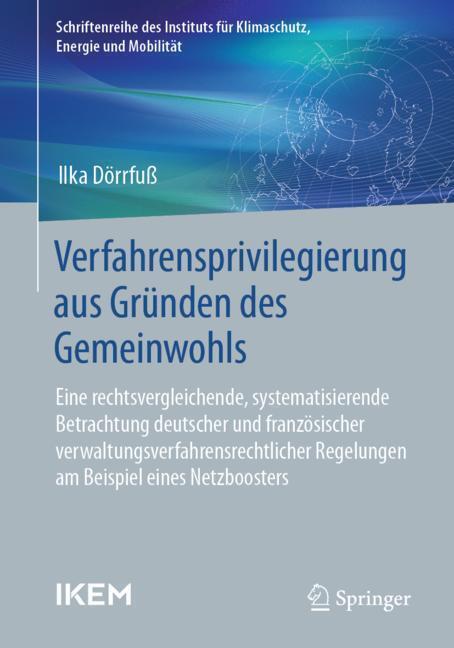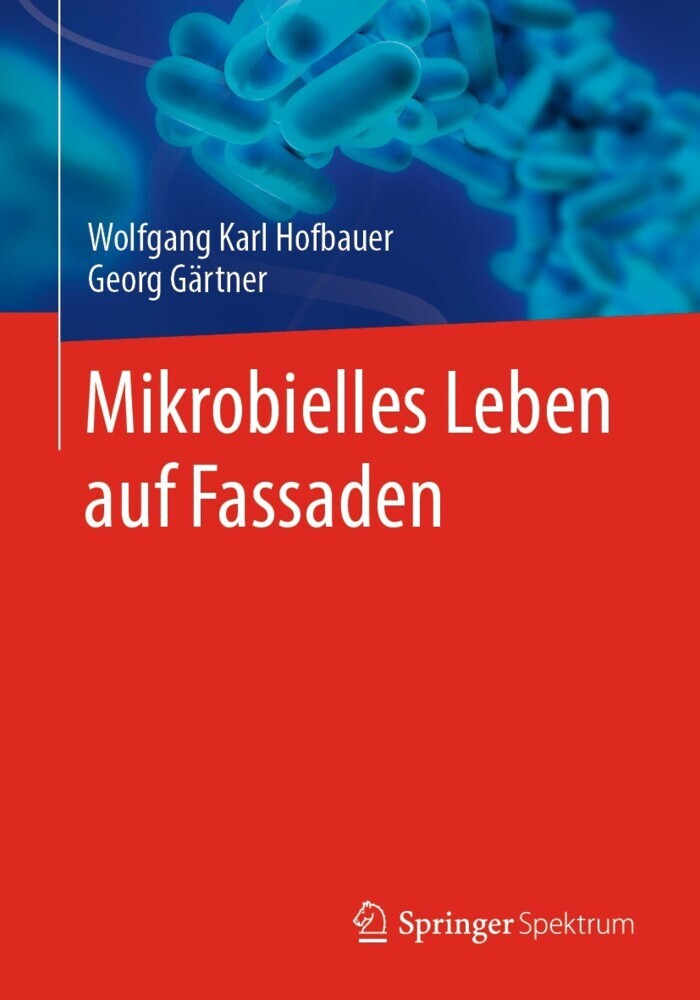Traces of Common Xylophagous Insects in Wood
Atlas of Identification - Western Europe
Traces of Common Xylophagous Insects in Wood
Atlas of Identification - Western Europe
This atlas presents a concrete tool to identify xylophagous activity by the remains they left in wooded areas in Western Europe. Xylophagous insects are among the largest predators of woody tissues. They leave discriminating traces, different for each species according to their bioecology, and so it is necessary to know how to recognize and characterize them. The book is a practical tool to help identify and interpret them through a standardized presentation of the most ubiquitous families and a key to their determination. It presents descriptions of the galleries and of morphometry of the faecal pellets based on macroscopic features for xylophagous identification, and includes information about the origin and distribution of the xylophagous biological cycles, bioclimatic conditions and bioecology, and the type of woods that are attacked. The book will be a useful guide for forest managers, heritage conservationists, environmental engineers, bioarchaeologists, entomologists, loggers, and wood anatomists.
Dr. Magali Toriti is an anthracologist and archaeologist at Le Mans University, France. Associated with the CReAAH, she continues her research through the study of various preventive archaeological sites and wishes to carry out post-docs abroad to enrich her knowledge of insects.
Dr. Aline Durand is a historian and anthracologist working on medieval rural systems including, agroforestry, at Le Mans University, France. Her scientific approach interweaves written sources, archaeological data and charcoal analysis results to better understand relationships between societies and environment.
Dr. Fabien Fohrer is an entomologist and microbiologist for the Interdisciplinary Center of Heritage Conservation and Restauration, France. He works on the preservation of cultural heritage and carries out biological diagnoses in order to set up and adapt the methods of fight and prevention against pests. He participates in research and studies to detect new pests and to develop new tools for recognizing and controlling these pests to protect heritage in a sustainable way.
Dr. Magali Toriti is an anthracologist and archaeologist at Le Mans University, France. Associated with the CReAAH, she continues her research through the study of various preventive archaeological sites and wishes to carry out post-docs abroad to enrich her knowledge of insects.
Dr. Aline Durand is a historian and anthracologist working on medieval rural systems including, agroforestry, at Le Mans University, France. Her scientific approach interweaves written sources, archaeological data and charcoal analysis results to better understand relationships between societies and environment.
Dr. Fabien Fohrer is an entomologist and microbiologist for the Interdisciplinary Center of Heritage Conservation and Restauration, France. He works on the preservation of cultural heritage and carries out biological diagnoses in order to set up and adapt the methods of fight and prevention against pests. He participates in research and studies to detect new pests and to develop new tools for recognizing and controlling these pests to protect heritage in a sustainable way.
Toriti, Magali
Durand, Aline
Fohrer, Fabien
| ISBN | 9783030663919 |
|---|---|
| Artikelnummer | 9783030663919 |
| Medientyp | E-Book - PDF |
| Copyrightjahr | 2021 |
| Verlag | Springer-Verlag |
| Umfang | 220 Seiten |
| Sprache | Englisch |
| Kopierschutz | Digitales Wasserzeichen |

